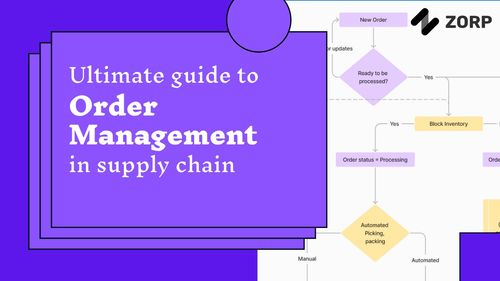Let’s talk about Capacity Planning. As usual, we will focus on frontline operations. But the basic principle should apply for different industries.
For the uninitiated,
Capacity Planning means planning your supply for the upcoming demand.
You typically do the capacity planning activity at the beginning of a period. The period depends on the industry. A Food or Grocery delivery company will do this every month (or even every week when you’re growing really fast). A warehouse or factory will do it probably at a quarterly level.
The first step here is to study the historical data. My mantra is that at a deep enough level, every operations is unique. So, read your data. Look for the following things.
Using this, you can estimate the demand for the coming month. It will differ quite a bit depending on your business. But here is the basics. Your daily demand might look like this.


(The diagrams are just for illustration and not made for scale. Duh!)
Now, your objective is simple,
Plan to have the right number of people at the right time with the objective to maximize the available supply to address all demand with the constraint to save cost by minimizing the total supply needed.
In this case, you would probably create the per day supply plan like this.

This can be done with the following data points at hand.
This is assuming that the demand stays the same for every day of the week. The next exercise is to adjust this plan with the following limitations.
Unlock beat planning success with our comprehensive guide! 🌐🗺️ Dive into the essential metrics and strategies to optimize your beat planning efforts. Read more: Essential Metrics for Beat Planning Success
The output of this exercise is the Rostering plan. Rostering is where you figure out which worker needs to work in which shift. When you create this, keep the following in mind.
This is not an easy job. You shouldn’t expect it to be.
A sample roster looks like this.

As a closing thought, it is a good idea to compare the planned capacity vs actual results at the end of the month. This will help you improve over a period of time. Also, certain activities like hiring need to be planned upfront. So in those cases, it makes sense to do the exercise slightly ahead of time.



